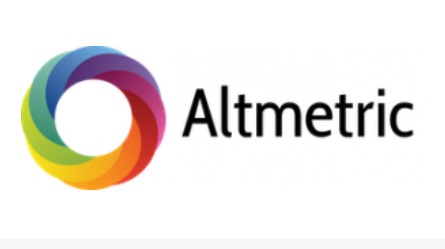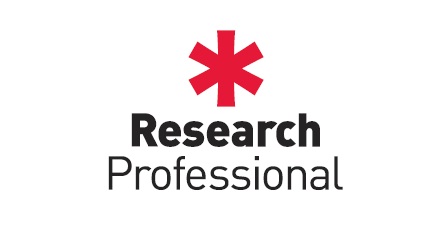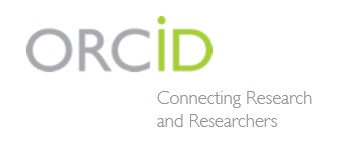Information about people
Symplectic Elements is the University's research information management system, and provides a closed environment within which Cambridge researchers can create a profile and share information.
ORCiD (Open Researcher and Contributor iD) is a free-to-use registry to provide researchers with unique persistent identifiers.
Information about activities, outputs and impact
Symplectic Elements connects and collates information from a wide range of platforms, such as Altmetric and Dimensions, as well as data sources including Europe PubMed Central, Scopus, Web of Science and arXiv.

Altmetric for Institutions provides access to a range of alternative metrics by tracking the attention that scholarly articles and datasets receive online.
 Researchfish is an online facility which aims to help research funders to track the impacts of their investments, and researchers to record the outcomes of their work.
Researchfish is an online facility which aims to help research funders to track the impacts of their investments, and researchers to record the outcomes of their work.
REF2021 results and submissions can be found on the REF website.
Submissions made by institutions including impact case studies can be viewed and downloaded either by UOA or by institution.
A further selection of case studies which offer examples of the wider impact of our research; notably on industry, public policy and the environment can also be found in a fully searchable collection on the Research at Cambridge section of the University's website.
 Apollo (previously known as DSpace) is the University of Cambridge’s institutional repository, preserving and providing access to content created by members of the University. It is delivered and managed by the University Library.
Apollo (previously known as DSpace) is the University of Cambridge’s institutional repository, preserving and providing access to content created by members of the University. It is delivered and managed by the University Library.
 More information about the University's support for Open Access is available on the Open Access website.
More information about the University's support for Open Access is available on the Open Access website.
Information about funding
 Research Professional is an online database of research funding opportunities and a source of international research policy and practice news.
Research Professional is an online database of research funding opportunities and a source of international research policy and practice news.
Dimensions is a web-based tool, partially integrated with Symplectic Elements, which is designed to help universities and academics to analyse and understand the funding landscape.

